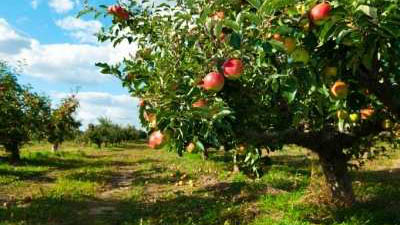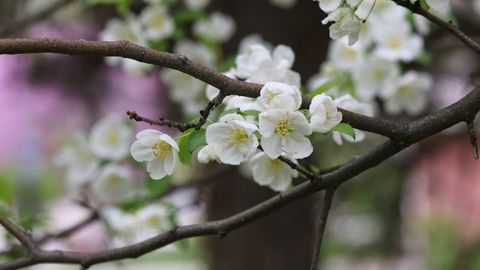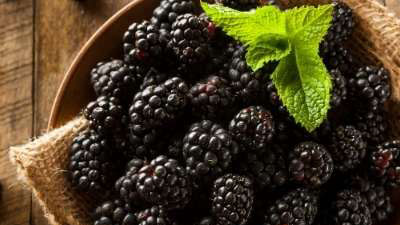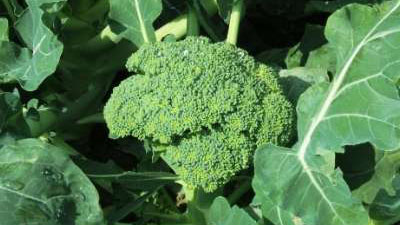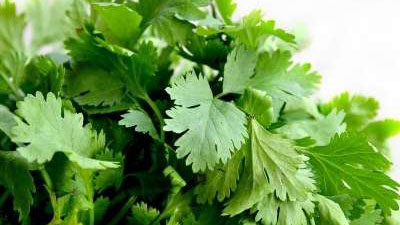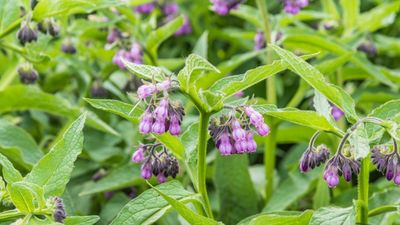How to Grow Dill in Your Garden
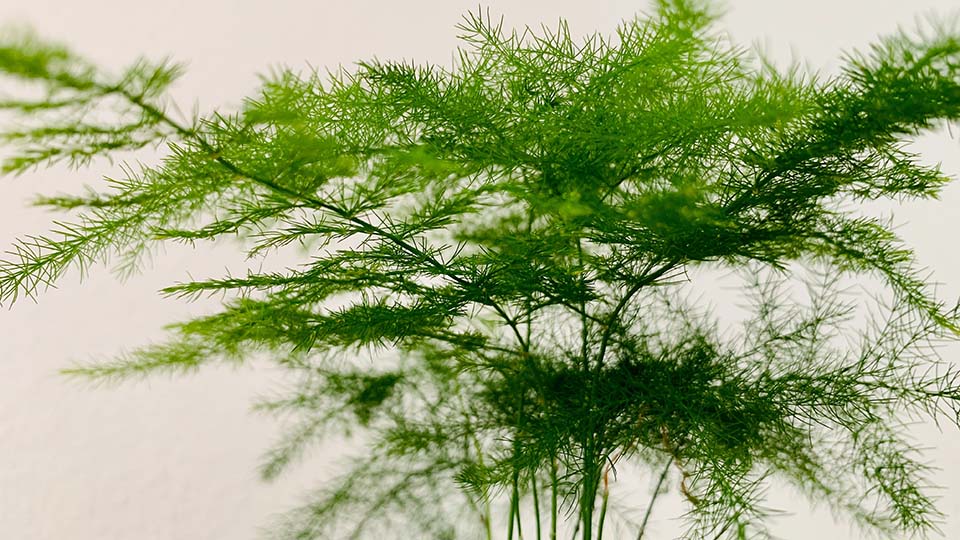
Summary
Dill (Anethum graveolens) is a common, aromatic garden herb, known for its culinary and medicinal properties. Dill prefers full sun, welldrained, low fertility soils and grows best from seed. Cover seeds lightly with soil. After emergence, thin to stand and be careful not to overwater. Prune plants to promote a lush, bushy growth. Plant continuously, since it takes approximately 6 weeks to harvest. Dill flavor is best when it starts to flower. The stems, leaves, flowers, and seeds are edible so enjoy this easy to grow staple of the herb garden.
Dill Varieties
Dill is native to southwest Asia and southern Europe and has only a few named varieties. ‘Fernleaf’ has a compact growth habit, long-lasting flavor, and bushier foliage. ‘Bouquet’ is commonly used for fresh cut flowers. ‘Tetra’ or ‘Dukat’ are bright green color, strong flavored, and slowbolting, so expect a long supply of dill weed.
How to Grow Dill
Soils/Soil Preparation
Most soils in Utah are suited to dill provided they are well-drained and moderately fertile. Choose a site in your garden that receives full sun. Before planting, determine fertilizer needs with a soil test, then follow the recommendations given with the report. If fertilizer applications are warranted, work the fertilizer into the top 6 inches of soil. If you fertilize with compost, apply no more than 1 inch of well-composted organic matter per 100 square feet of garden area. Dill does not require an overly rich soil.
Plants
Dill is grown for two reasons: as a plant ‘dill’ usually references the flower head and seeds, however ‘dill weed’ is used to describe the dark blue-green leaves. Dill stems are hollow, upright, and green and the roots are long and spindle-shaped. Dill flowers are bright yellow umbels.
Planting and Spacing
Dill should be planted from seed. Seedlings emerge 7-21 days after planting depending on soil temperature. Cover seeds lightly with soil. For a continuous supply of dill weed, sow seeds every 4 to 6 weeks. Flavor peaks once flowering starts, so make sure there is a succession of plantings. After emergence, thin plants to 9 inches apart and space rows 12 inch apart. Dill grows best in full sun and oil content in the leaves increases with longer day lengths and higher temperatures; however, hot temperatures (+95° F) decrease seed production. Dill is quite hardy and is able to tolerate cold winters.
Water/Fertility
Dill is not a big water user requiring one or two irrigations per week once established. Dill can tolerate drier soil conditions particularly after seed set. No additional nutrients are needed if soil is amended at planting.
Problems with Growing Dill
Weeds
Control weeds when plants are small. Dill can become weedy, as it self-seeds regularly
Disease/Insects
If over watered, dill is susceptible to powdery mildew. Aphids can be a problem at the time dill starts to flower and the seeds ripen. Dill often attracts more beneficial insects than it has problems with insects. Dill attracts bees, butterflies, wasps, lady beetles, lacewings, hoverflies, tachinid flies, and parsley worms. Parsley worms, a tiny, bright green caterpillar with black stripes, is the larva of swallowtail butterflies, so make sure to leave them on the plants.
How to Harvest and Store Dill
Dill leaves can be harvested at any time after seedlings emerge. Cut the leaves at the stem or cut the stem within a few inches of the ground, discarding the thick, tough stems. Dill is commonly used as a fresh herb to garnish fish dishes, dips, and potatoes. When used fresh, add it to something that has already been cooked since it loses its flavor when heated to high temperatures. For the best flavor, harvest dill when the flowers begin to open. Freezing is the appropriate way to preserve dill’s distinct flavor. Put the fresh sprigs of dill in plastic sandwich bags and place them in the freezer. The cultivar ‘Bouquet’ is typically used as fresh cut flowers because of the bright yellow color and long stems. Harvest when the flowers completely turn yellow. Harvest dill seeds after the flower heads turn brown. The ripe seeds fall off the flower easily when touched, so collected them by hanging the mature flower heads upside down in a paper bag. Crush the flowers, sift out the seeds, and then allow them to dry before storing in a dark, cool place. When growing dill for pickling, use the entire plant (stems, leaves, flowers and seeds) to flavor the pickles.
Dill Plant Productivity
Short rows, 2 to 3 feet long planted regularly will supply sufficient quantities of dill for daily use, storage and seed production.
Dill Nutrition Facts
Dill is high in Vitamin A & C, has some calcium and iron present, and is low in calories and balanced in carbohydrates, fats, and proteins.
Frequently Asked Questions
What benefit do you get from eating dill?
In ancient Rome, dill was considered a fortifying herb. It was believed that dill bolstered strength, allowing the gladiators to fight well. It can be used to freshen the breath and may have additional medicinal benefits.
References
Cutler, K.D. 1997. The Complete Vegetable & Herb Gardener: A Guide to Growing Your Garden Organically. New York: Macmillan, pgs. 246-248.
Hole, L. and E.J. Woods. 2000. Herbs & Edible Flowers: Gardening for the Kitchen. Canada: Hole's. pgs. 68-71
Phillips, R., and N. Foy. 1990. The Random House Book of Herbs. New York: Random House. pgs. 36-37.
Published March 2020
Utah State University Extension
Peer-reviewed fact sheet
Download PDF
Authors
Adam Oakley and Dan Drost
Related Research



